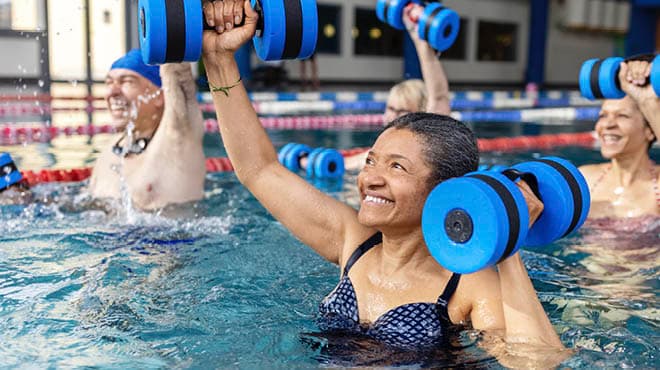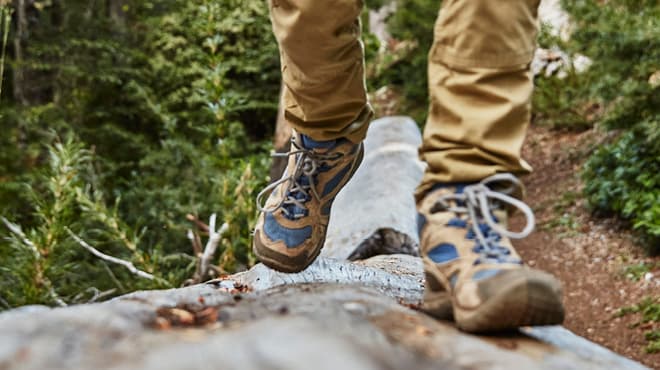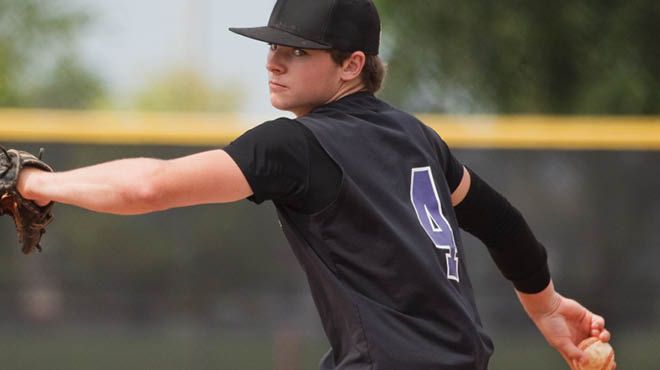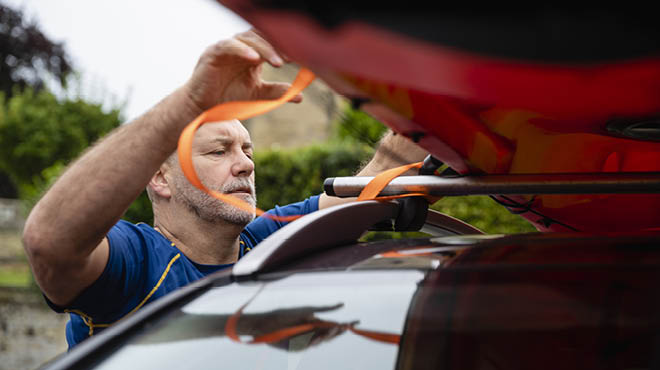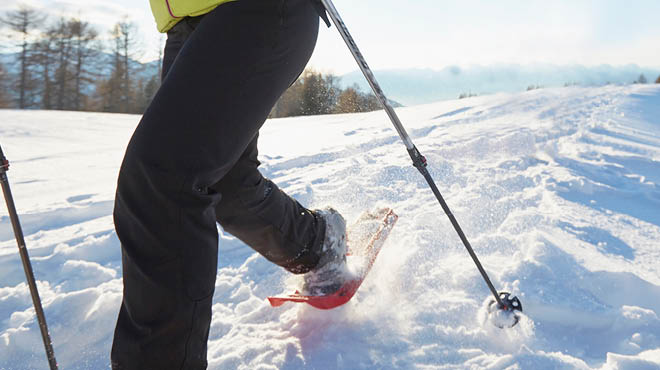Recent Posts
Winter sports care for Olympians, everyday enthusiasts

Every four years, elite athletes from around the globe gather for the Winter Olympics to compete on skates, sleds and skis. They push their bodies and their skills to the limit with hopes of standing among the medal winners. Despite their rigorous training, they're subject to a host of injuries — and so are everyday winter sports enthusiasts.
As a team physician for U.S. Ski Jumping, I provide medical support at one or more World Cup competitions a year. These are events that qualify athletes for the next Winter Olympics. Not only do team doctors provide basic medical care, but also they serve as a liaison with the local health system in case of medical emergencies.
Ski jumping athletes attempt to maximize speed going down the jump by maintaining a squatting position to minimize air resistance. At the end of the jump is a gentle ramp where they take off. This involves explosive force throughout the body — core, hips, knees and ankles — as the athletes propel themselves up and out and literally fly. Back and leg pain, as well as stress on the knees, are some of the more common issues team physicians manage.
While most winter sports lovers don't intentionally seek to fly through the air, their care does have some things in common with that of U.S. Ski Jumping Team athletes, including:
Goals
An elite ski jumper's goals are all competition-based, which may mean pushing through pain or injury to meet those goals. A youth winter athlete's goals may be competitive, as well, but the main focus is on ensuring they grow into healthy adults who can enjoy their sport for a lifetime. Older recreational winter athletes' goals may be to regularly participate in their sport to maintain their fitness, health and mental well-being.
Time
Time is a factor in the care for all athletes, regardless of age or ability. Where are they in the competitive or recreational season? When is the next competition? Is the athlete in training for or at an actual event?
Time sets the pace for treatment and injury management. An injury will be treated differently if it occurs four months, four days or four hours from the event, or at the start of the winter sports season.
Overall health and well-being
Overall health and well-being are considered for elite and recreational sports enthusiasts alike. While most recreational athletes are fairly healthy, few are as tuned into their health and well-being as U.S. Ski Team athletes.
Sleep, nutrition, mental health and training are priorities for Team USA athletes every day. This gives them an advantage in healing everything from the common cold to bouncing back after an appendectomy. Sleep, nutrition, mental health and preparation are just as important for everyday winter athletes.
Severity of illness or injury
The severity of illness or injury affects the care of all athletes. Propelling oneself off a steep ramp and flying around 50 mph to land gracefully in a lunge position can lead to significant and potentially devastating injury if things go wrong. On-site care can be complicated for many reasons, ranging from language to coordinating with the local health care system. This is where the team physician really steps up.
At home, someone who is badly injured would receive care at the local emergency department before they're seen in the clinic.
Treating athletes on the world stage is challenging and rewarding, but as you can see, it has many similarities to treating recreational winter athletes. Go Team USA!
Alecia Gende, D.O., practices sports medicine and emergency medicine in La Crosse and Onalaska, Wisconsin.

